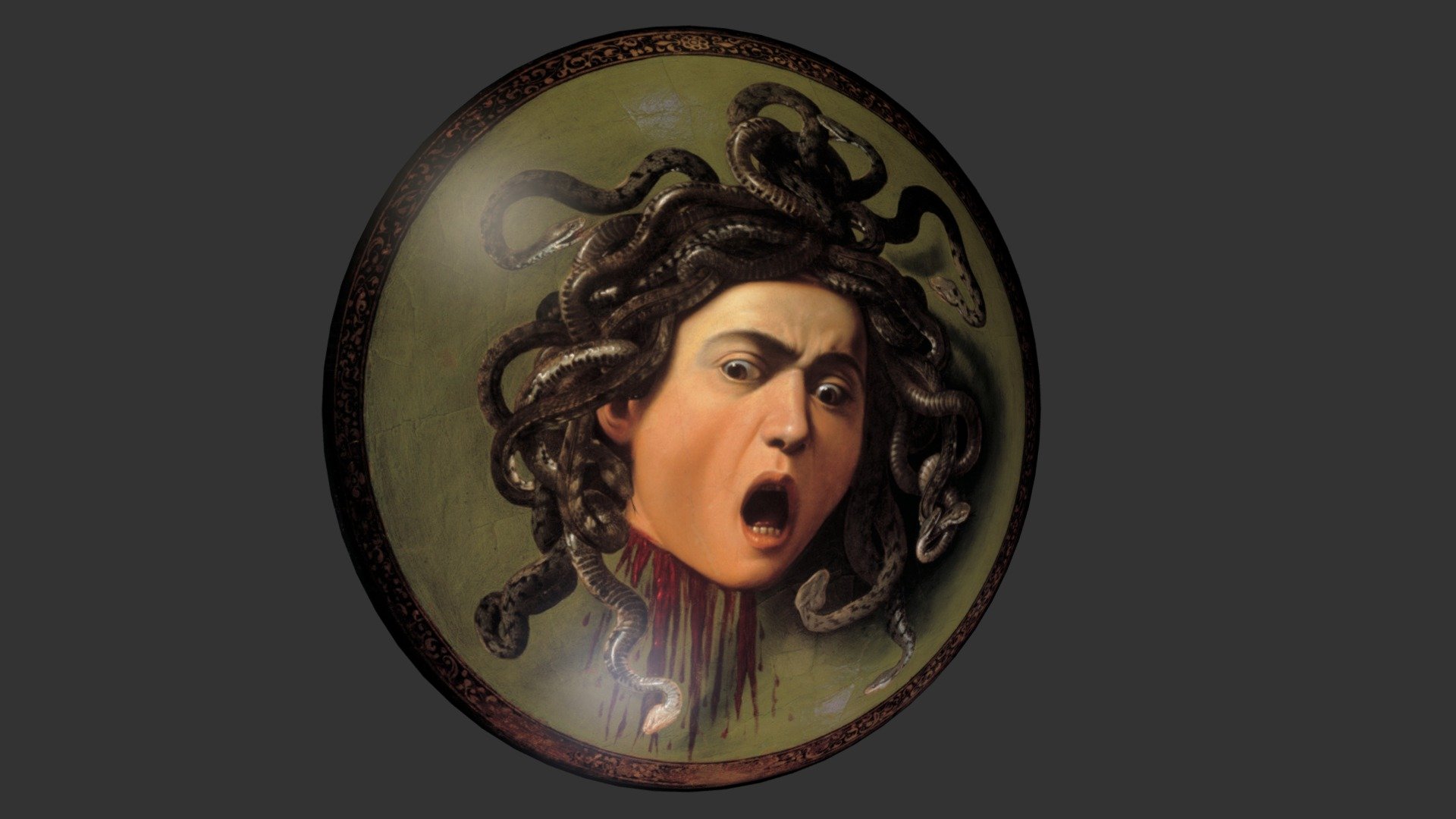Posted on 07/09/2023 6:22:21 AM PDT by SunkenCiv
A nearly 1,800-year-old silver military medal featuring the snake-covered head of Medusa has been unearthed in what was once the northern edge of the Roman Empire.
Excavators discovered the winged gorgon on June 6 at the English archaeological site of Vindolanda, a Roman auxiliary fort that was built in the late first century, a few decades before Hadrian's Wall was constructed in A.D. 122 to defend the empire against the Picts and the Scots.
The "special find" is a "silver phalera (military decoration) depicting the head of Medusa," according to a Facebook post from The Vindolanda Trust, the organization leading the excavations. "The phalera was uncovered from a barrack floor, dating to the Hadrianic period of occupation." ... "From Greek times on, this is a potent apotropaic to ward off bad things, to keep bad things from happening to you," Pollini said. Medusa's serpent-surrounded head is also seen on Roman-era tombs, mosaics in posh villas and battle armor. For instance, in the famous first-century mosaic of Alexander the Great from Pompeii, Alexander is depicted with the face of Medusa on his breastplate, Pollini noted.
Medusa is also featured on other Roman-era phalerae, but the details vary. For instance, the Vindolanda Medusa has wings on her head...
Because phalerae were awarded for "valor in battle," military men would attach them to straps and wear them during local parades, Pollini said, noting that the discovery of the Vindolanda phalera is rare.
"There aren't very many of them, obviously, because they were a precious metal," he said. "Eventually, most of them were probably melted down."
Many phalerae are found in burials, but the Vindolanda one appears to be lost. "This isn't something you would toss away," Pollini said.
(Excerpt) Read more at livescience.com ...
Athena to Perseus:
Get gone that Gorgon for stealing my Gorgonzola! Got it? Good!
Incorrect.
1. There is no evidence of the people the Romans called the "Scoti" (or the Gaels) before the 3rd Century AD, so there'd have been NO SCOTS to defend against in 122.
2. Archaeological evidence dated between the construction of Hadrian's Wall and Rome's abandonment of Britain shows the culture in the areas immediately north and south of the wall was identical. Which means culture flowed freely through the wall. And since culture only is transmitted by people, that further means the wall didn't much keep anyone in or out of Caledonia or Britain.
The better theory is that the wall was built to enforce Rome's tariffs on livestock and other trade goods passing between the two regions. The only places where it would have been convenient to cross with carts, wagons or livestock was at the Roman-controlled gates.
“Eventually, most of them were probably melted down.”
It sat on the mantle for 200 years, nobody remembered what it was or where it came from, and they sold it for scrap to deal with high inflation.
 .......It's Hillary!................
.......It's Hillary!................
The wall worked the same way the other Roman border walls worked, controlling access and collecting taxes. On the barbarian side adjacent to the walls, Rome fostered allies, but the construction lines took advantage off geological rather than demographical boundaries.
https://freerepublic.com/focus/chat/4166604/posts?page=14#14
Remarkable. It’s a beautiful piece.
Disclaimer: Opinions posted on Free Republic are those of the individual posters and do not necessarily represent the opinion of Free Republic or its management. All materials posted herein are protected by copyright law and the exemption for fair use of copyrighted works.